Established by the Government of Karnataka, the National Military Memorial (NMM) is dedicated to the soldiers who laid down their lives for the country. The memorial sits on 7.5 acres of lush green space in the heart of the city, next to the Indira Gandhi Musical Fountain Park. An initiative of M.K. Chandrasekhar, a former pilot in the Indian Air Force, and his son Rajeev Chandrasekhar, an ex-MP and founder of the Flags of Honour Foundation, the memorial was designed as a space to commemorate the sacrifice and bravery of the Indian Armed Forces. The Bengaluru Development Authority (BDA) was assigned the task of overseeing the project by the state government.
Conceptualised by Bengaluru-based architects Mathew and Ghosh, the memorial consists of a series of angled granite plaques etched with the names of 22,000 war heroes, and is adjacent to a magnificent 65 m high flagpole that was intended to hold the country’s largest flag. A veeragallu (hero stone), symbolic of the heroic death of a warrior in battle, was also proposed as a part of the installation to signify the strength and conviction of the martyred soldiers. This traditional monolithic obelisk made of granite is around 75 feet high and weighs 700 tons. Currently, it is being carved with the names of the warriors and is yet to be brought to the memorial site.
The memorial also hosts a Mikoyan MiG 23 BN SM-255 aircraft granted by the Indian Air Force, a Vijayanta tank given by the Indian Army, a resized model of the INS Mysore (one of India's largest and most powerful battleships), an Arjun battle tank, Tatra-based mobile bridging equipment as well as other contributions from the Defence Research and Development Organisation (DRDO) and the Indian Space Research Organisation (ISRO). The site also houses an underground hall that showcases models of weapon systems, information on the various missions undertaken by soldiers, plaques with badges and crests of various units, regiments and squadrons of the Indian Armed Forces, and sculptures of war heroes from Karnataka. This section is not open to the public yet as work is still in progress. The museum and its installations were designed keeping in mind the ecology of the site, and necessary measures were taken to ensure that there was minimal loss of vegetation.
12.437048032682, 77.596321186816
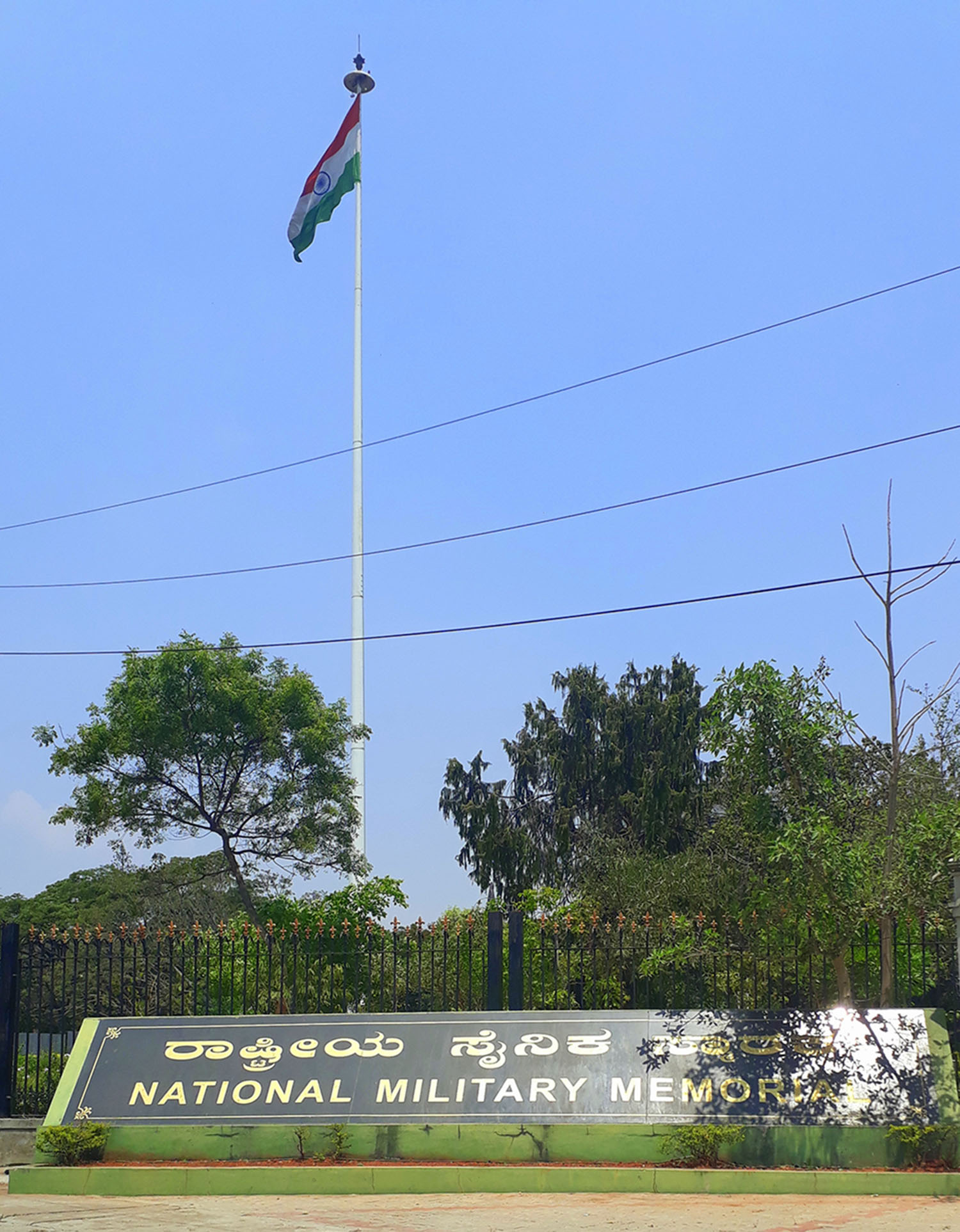
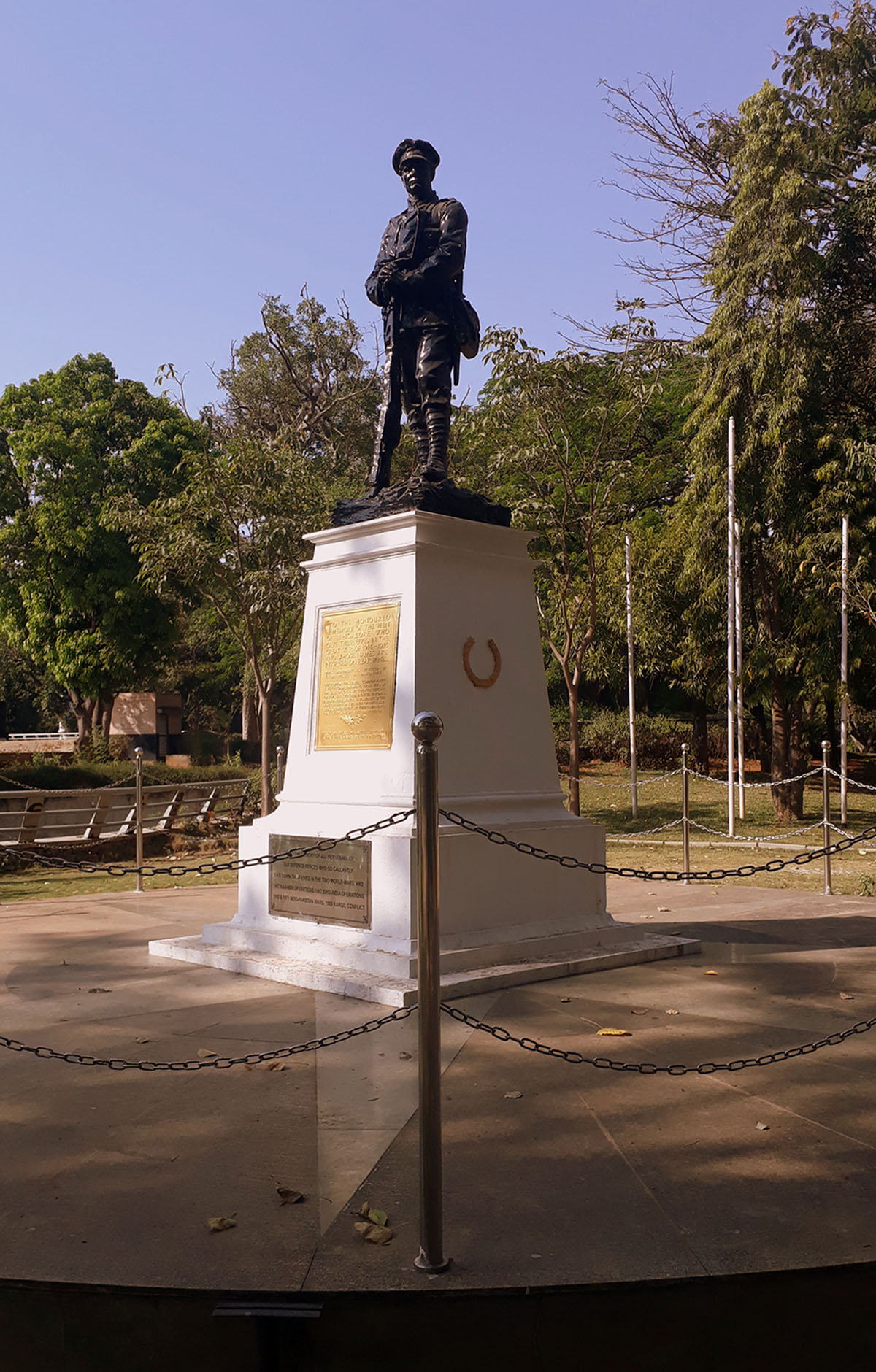
This statue is dedicated to all the men of Bangalore who gave their lives in the two World Wars, the 1947 Kashmir operations, the 1962 Sino-India operations, the 1965 and 1971 India-Pakistan wars and the 1999 Kargil conflict. This statue was relocated from its previous spot in Cubbon Park.
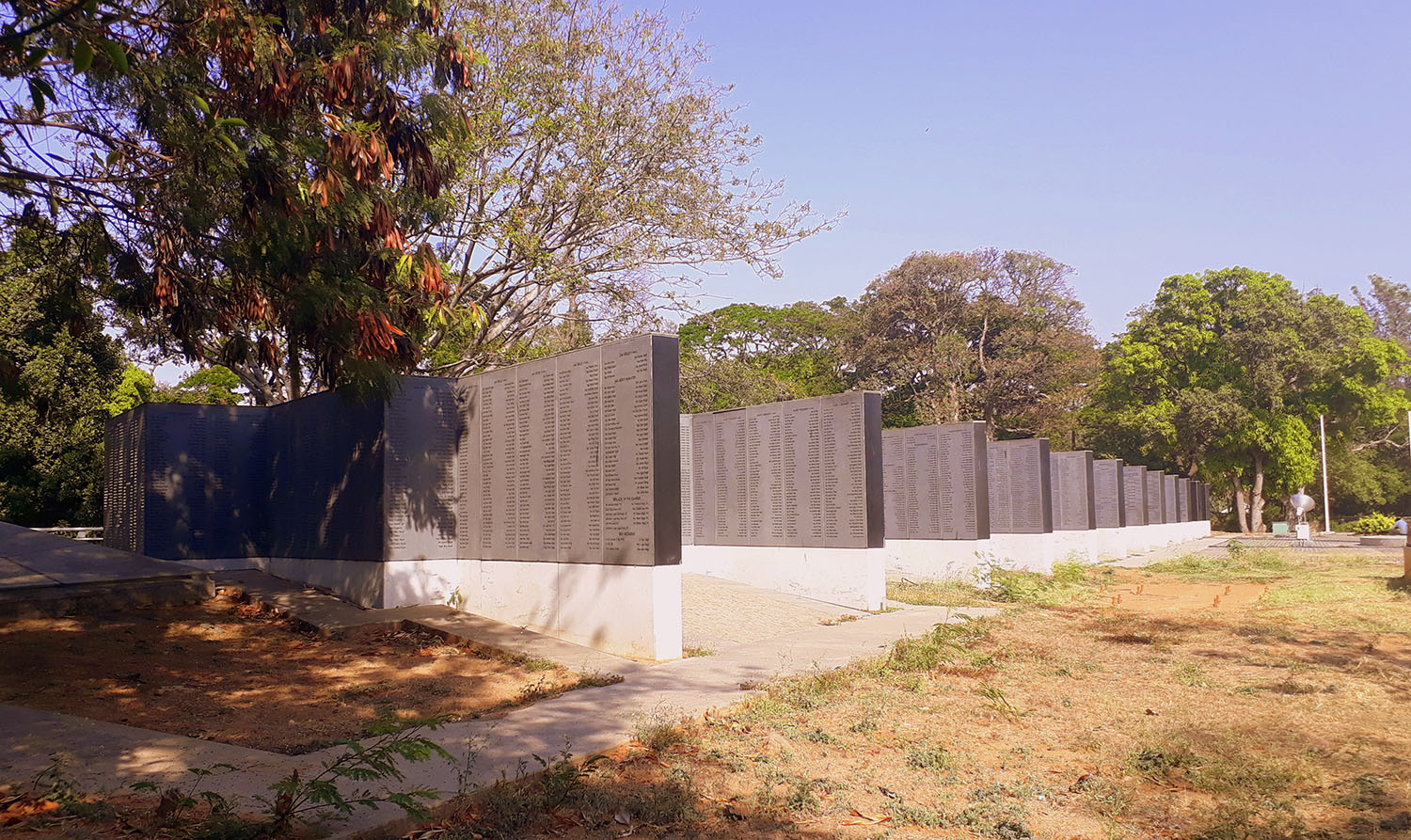
These angled granite plaques are engraved with the names of war heroes who gave their lives for the nation. The names have been etched according to the regiment that the soldiers belonged to and the wars in which they lost their lives.
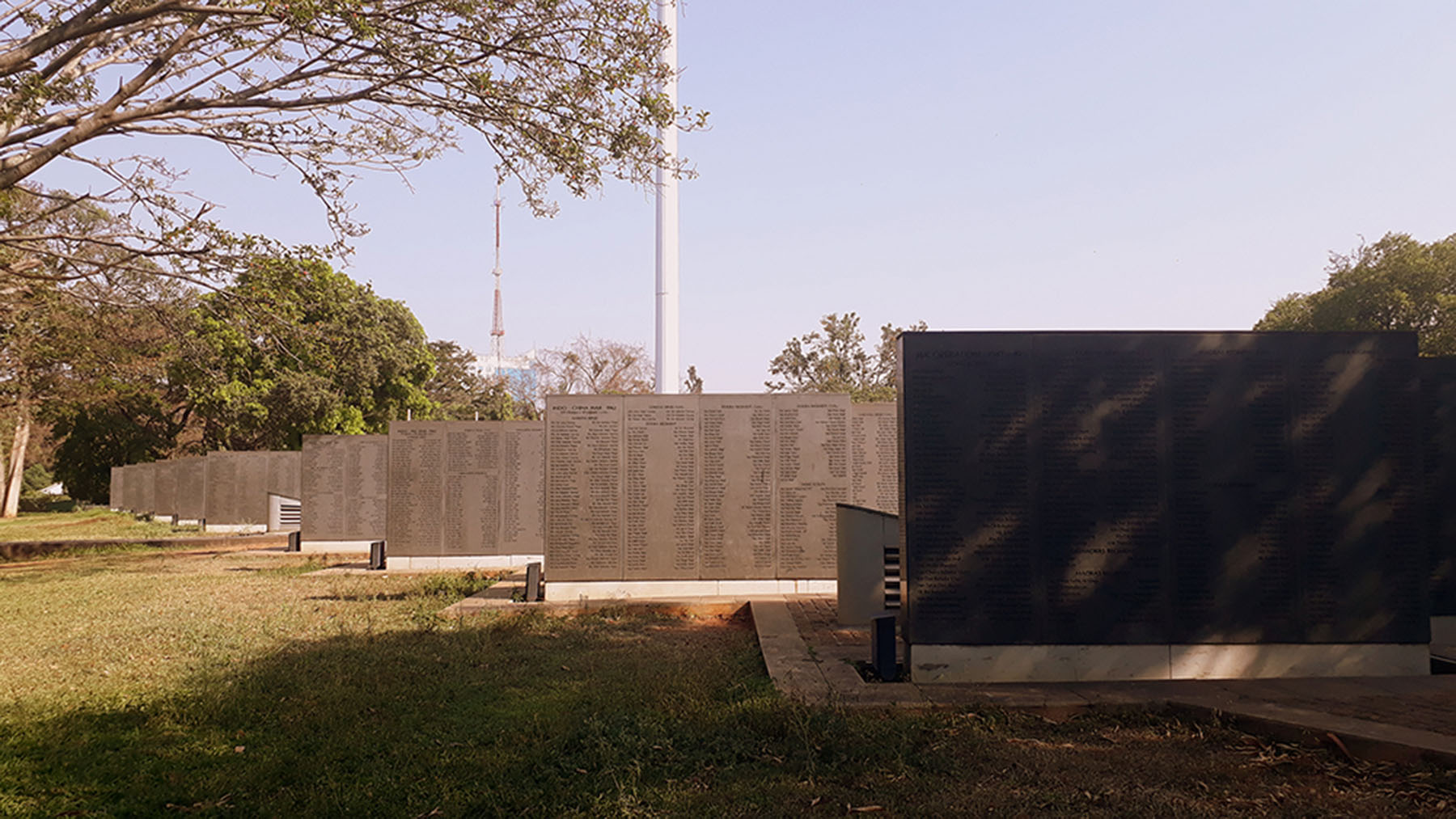
Another view of the granite plaques.
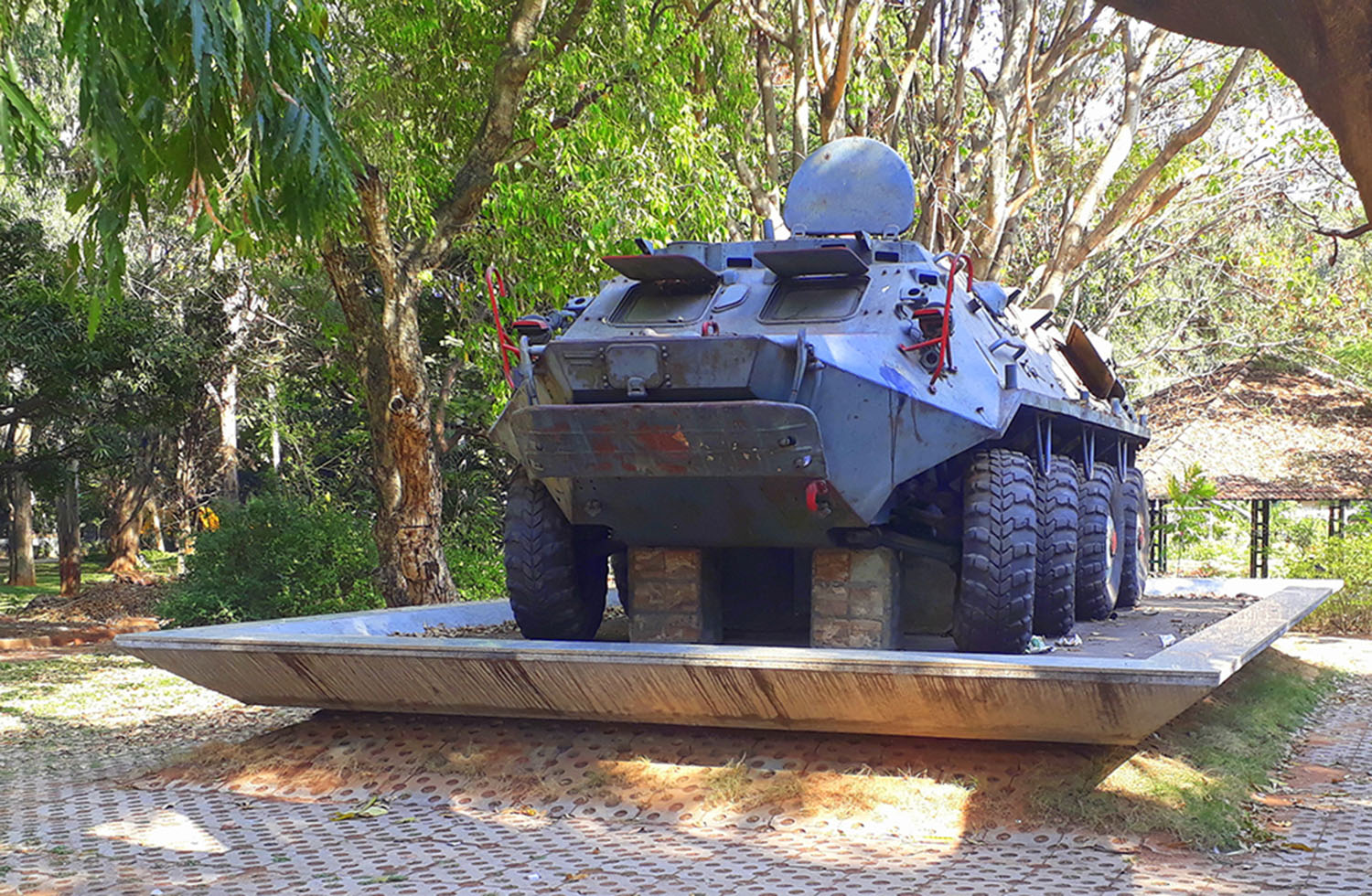
The APC BTR60 on display is an early prototype of its kind donated to the memorial park by the Indian Army. It is the first in a series of eight-wheeled armoured personnel carriers (APC) and is used to carry infantry to the battlefield.
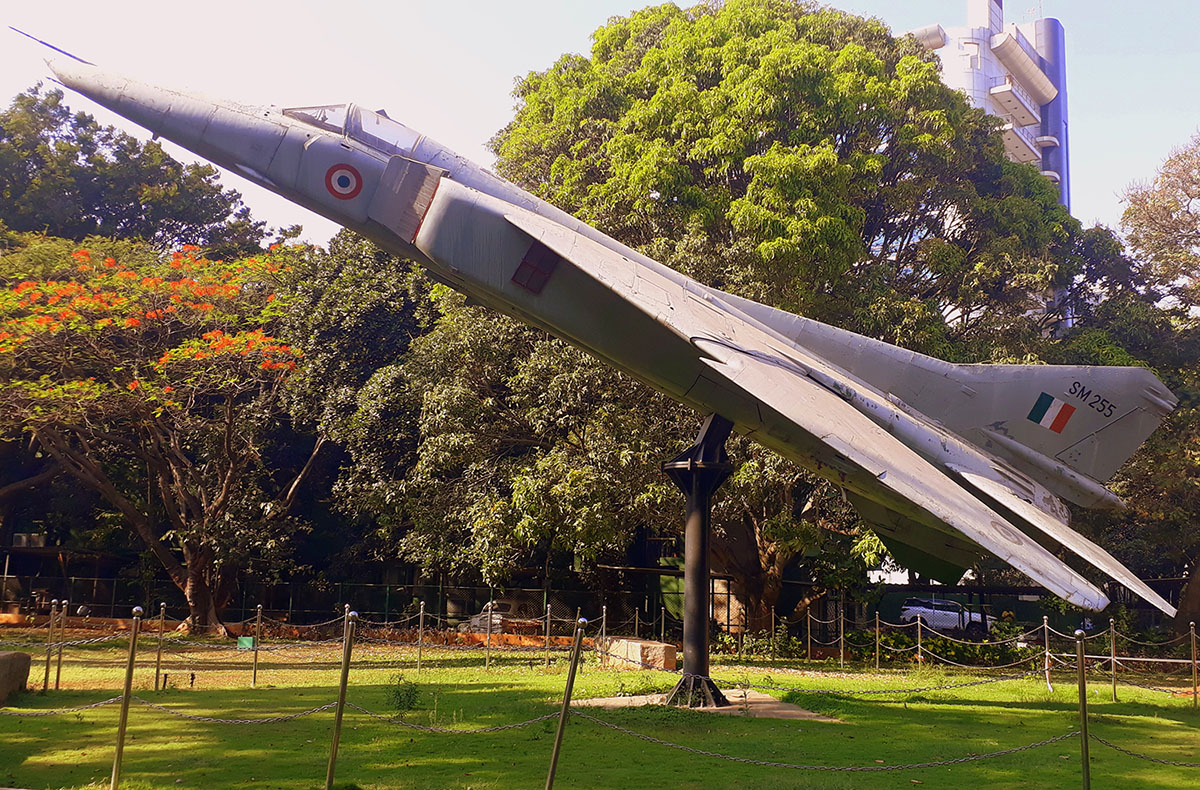
This MiG 23 BN SM-255 was donated by the Indian Air Force (IAF). It is mounted on a pole and is exhibited in a nose up, climbing, position.
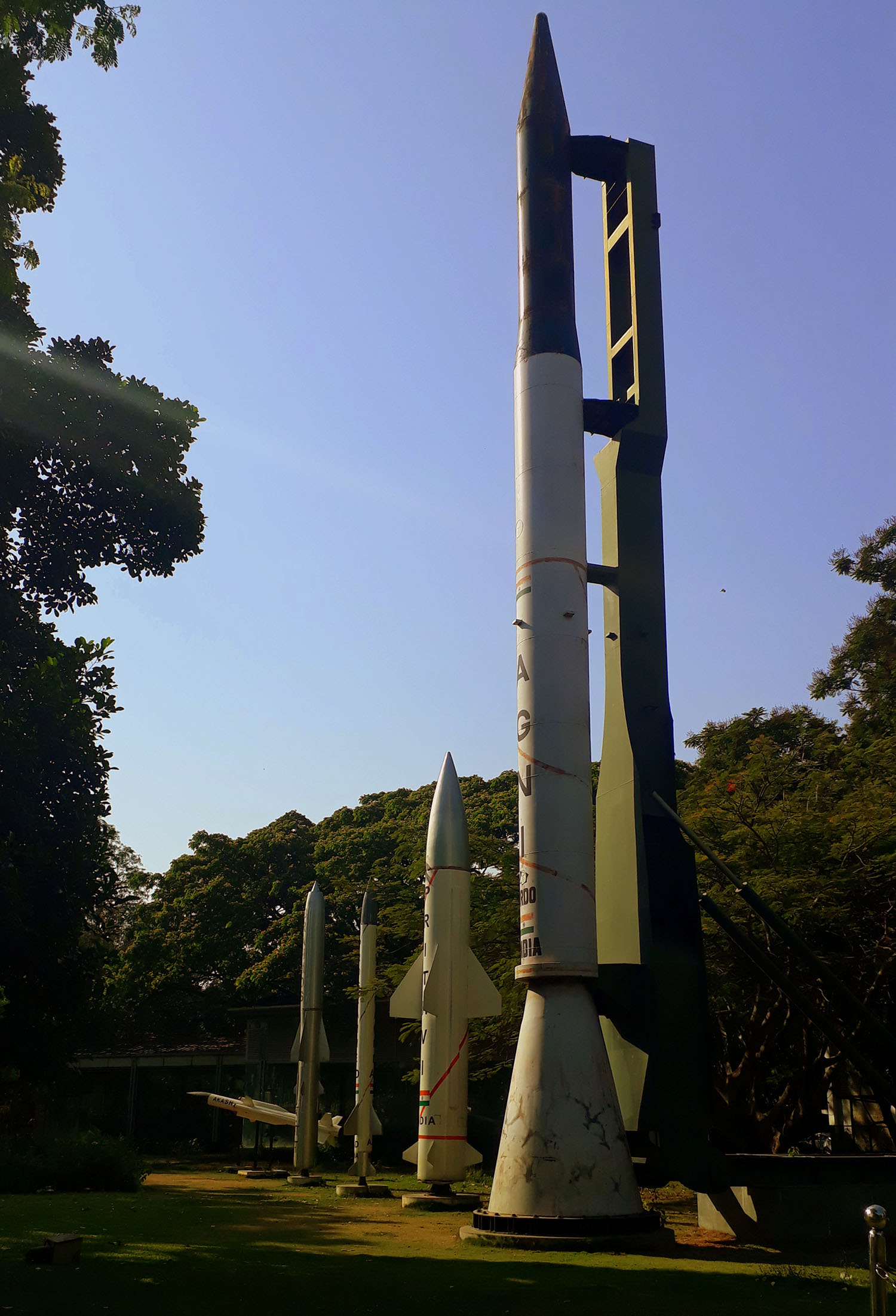
The Defence Research and Development Organisation (DRDO) granted scaled models of missiles that are still under development to the memorial. The missiles displayed are Agni, Akash, Prithvi and Brahmos.
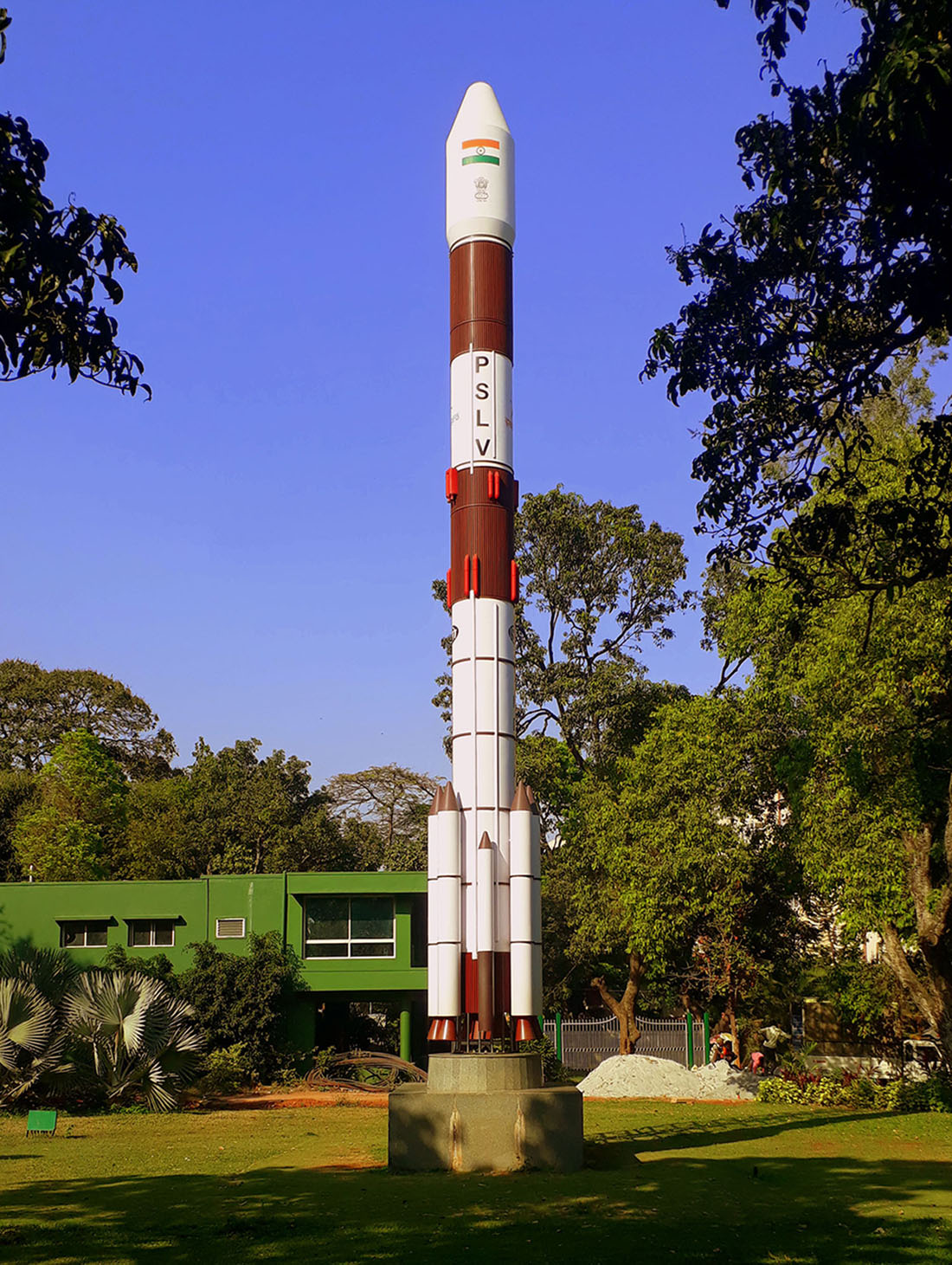
The Polar Satellite Launch Vehicle (PSLV) was donated by the Indian Space Research Organisation (ISRO). It is the third-generation launch vehicle of India and is the first Indian launch vehicle to be equipped with liquid stages.
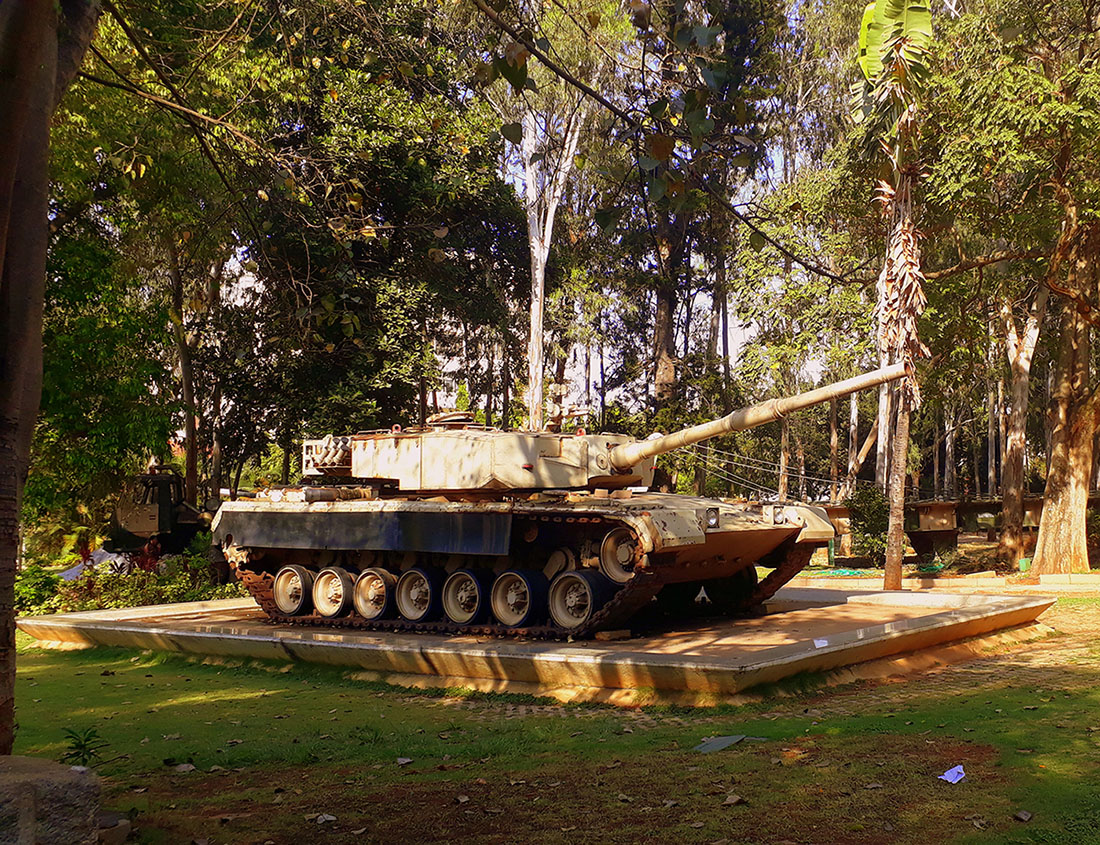
The tank on display is an early prototype of the Arjun MBT donated by DRDO. These tanks are utilised during battles for close-range targets.
